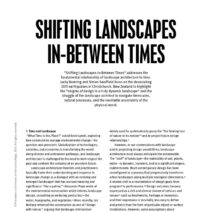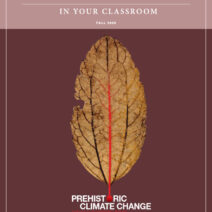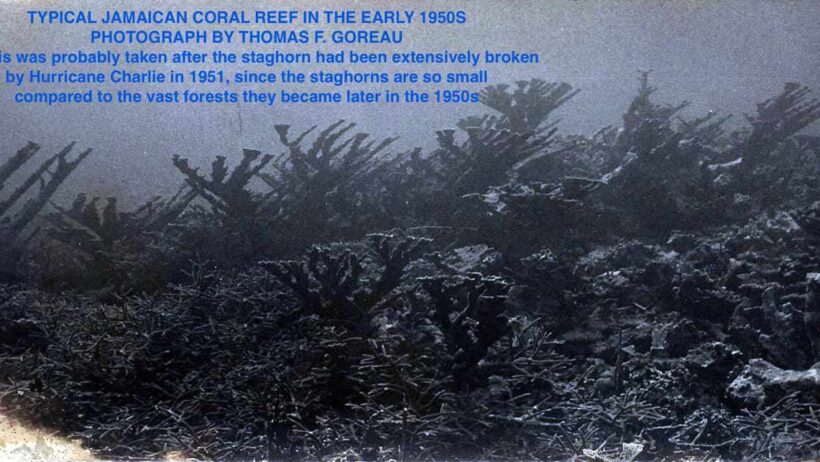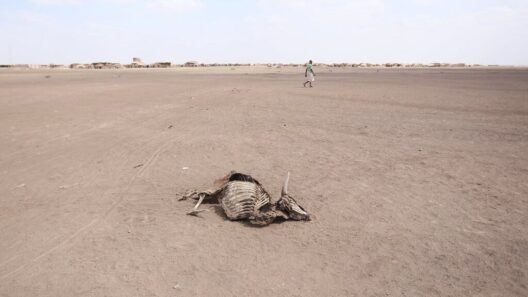Global warming is a complex phenomenon that affects various facets of life on Earth, including the delicate balance of ecosystems and the proliferation of pathogens. Understanding how these elements interact is paramount to mobilizing meaningful responses against climate change. The rising global temperatures, which can trigger an array of environmental shifts, pose unique challenges, or rather, reveal the intricate interplay between biological survival and climate dynamics.
At its core, the biology of survival hinges on adaptation and resilience; organisms develop mechanisms to cope with and thrive amid stressors. Pathogens, exemplifying the opportunistic nature of certain microorganisms, have demonstrated an extraordinary ability to mutate and evolve in response to environmental changes, including temperature elevation, altered precipitation patterns, and shifting ecosystems. This adaptability, however, is not without consequences, as it can dramatically influence the health of host species, including humans.
Firstly, consider the plight of marine ecosystems, which are particularly vulnerable to the repercussions of global warming. Rising ocean temperatures have been shown to exacerbate the frequency and severity of coral bleaching events, as corals expel the symbiotic algae living within their tissues. This bleaching not only reduces the corals’ vitality but also disrupts the entire marine food web, which relies on the structural complexity and resources provided by coral reefs. Wider implications emerge as fish populations decline, affecting global fisheries and the communities that depend on them for sustenance.
Coral reefs serve as critical habitats for numerous aquatic species. Their destruction leads to altered predator-prey dynamics and a subsequent rise in opportunistic pathogens. Pathogens such as *Vibrio* species have been shown to thrive in warmer waters, leading to outbreaks of disease among marine life. These bacteria can infect fish and shellfish, diminishing biodiversity and reducing the resilience of marine ecosystems. The cascading effects of these changes are profound, ultimately influencing human health through food security, economic stability, and recreational activities.
Furthermore, terrestrial ecosystems are not immune to the warming effects that stimulate pathogen proliferation. A classic example is the correlation between rising temperatures and the emergence of zoonotic diseases, which are diseases transmitted from animals to humans. The encroachment of human populations into previously untouched habitats can facilitate the spread of these pathogens. For instance, climate-induced alterations in animal migration and breeding patterns might expose humans to novel viruses and bacteria previously confined within specific ecological niches.
The concept of ‘disease ecology’ emerges here, highlighting the intricate relationships between climate, wildlife, and human health. Several studies indicate that conditions conducive to the spread of vector-borne diseases, such as malaria, dengue fever, and Zika virus, correlate positively with higher temperatures and increased rainfall. As the climate warms, disease vectors like mosquitoes and ticks expand their geographic ranges, thus heightening the risk of outbreaks in regions previously considered low-risk.
Alongside these health implications, the disruption of ecosystems instigated by global warming raises questions about biodiversity and the intrinsic value of various species. Ecosystems with high biodiversity tend to demonstrate greater resilience to stressors, including climate shifts. In stark contrast, ecosystems simplified through extinctions are less equipped to fend off pathogenic invasions, ultimately leading to a vicious cycle of decline.
Unraveling the links between ecosystems and pathogens prompts further inquiry. For instance, how do various species adapt or succumb when faced with the dual pressures of climate change and pathogen outbreaks? Scientists have turned to long-term ecological research sites where the impacts of changing climate parameters are monitored. Such studies are playing an integral role in elucidating the cascading effects on food webs and the overall functionality of ecosystems.
Research often reveals a paradoxical relationship: while some pathogens may adapt to thrive in warmer conditions, other species may experience stress and decline, potentially leading to reduced populations of important predator species. This imbalance may allow certain pathogens to proliferate unchecked, creating a domino effect that further undermines the integrity of ecological webs.
To mitigate these ecological shifts, sound conservation strategies must include actions aimed at preserving biodiversity. Protecting and regenerating habitats can enhance ecosystem resilience, thus providing necessary buffers against pathogenic invasions. Strategies like rewilding can restore ecological functions, but they require commitment and collaboration across various sectors, from governments to local communities.
Moreover, early detection and monitoring of pathogens will be crucial. Novel approaches involving molecular techniques for studying microbial communities can inform scientists about potential outbreaks before they escalate. By deploying advanced technologies alongside traditional ecological management practices, we can foster a proactive stance against the deteriorating effects of climate change.
Ultimately, understanding the intricate web of interactions between global warming, pathogens, and ecosystems necessitates a paradigm shift in how we perceive and engage with our environment. The interdependence of life forms—their ability to adapt, conflict, and coexist—underscores a profound reality: our survival is inextricably linked to the health of our planet’s ecosystems. The time to act is now, cultivating a concerted effort to preserve the fragile equilibrium that sustains both human and ecological life. Addressing the complexities of these issues is not merely an environmental necessity, but a moral imperative as we navigate the multifaceted challenges posed by climate change.







